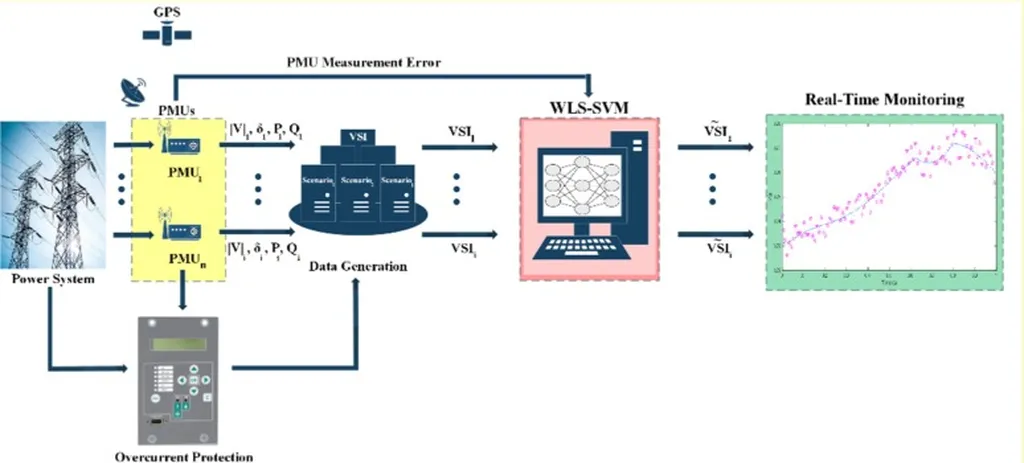In a significant stride towards enhancing the efficiency and reliability of electric power systems, researchers have introduced an innovative voltage control strategy that combines tap-changing transformers with a cutting-edge computational method. This breakthrough, detailed in a recent study published in the Institute of Electrical and Electronics Engineers (IEEE) journal “Access,” promises to revolutionize how power grids manage voltage fluctuations, particularly in the face of increasing complexity and intermittent energy sources.
At the heart of this research is the Holomorphic Embedding Load Flow Method based on Total Multiplication of Polynomials (HELM/TMP), a technique that offers superior numerical robustness and computational efficiency compared to traditional methods. Glaucus R. S. Lima, the lead author of the study and a researcher at the Department of Electrical Engineering, Universidade Federal de Juiz de Fora (UFJF) in Brazil, explains, “Our approach leverages the strengths of HELM/TMP to significantly accelerate the voltage control solution process, making it viable for real-time applications.”
The study validates the proposed method through extensive simulations on IEEE standard test systems, including scenarios with varying loads and wind power generation. By employing a modified Iterative Self-Organizing Data Analysis Technique Algorithm, the researchers generated representative wind generation profiles based on historical data. The results are impressive: the new method maintains voltage within specified limits with accuracy comparable to Newton-Raphson-based approaches but achieves an approximately 90% reduction in computation time.
This advancement is particularly relevant for modern power systems, which are increasingly integrating intermittent renewable energy sources and critical loads. “The ability to control voltage efficiently and in real-time is crucial for ensuring the stability and reliability of power grids,” Lima notes. “Our method provides a scalable and robust solution that can adapt to the dynamic nature of contemporary energy systems.”
The commercial implications of this research are substantial. Faster and more accurate voltage control can lead to reduced operational costs, improved grid stability, and enhanced capacity for integrating renewable energy sources. As power systems worldwide grapple with the challenges of decarbonization and digitalization, innovative solutions like the one proposed by Lima and his team could play a pivotal role in shaping the future of the energy sector.
The study not only confirms the robustness and scalability of the HELM/TMP-based voltage control but also underscores its potential for real-time applicability. This could pave the way for smarter, more responsive power grids capable of meeting the demands of an evolving energy landscape. As the energy sector continues to evolve, such advancements will be instrumental in ensuring a stable and sustainable energy future.

